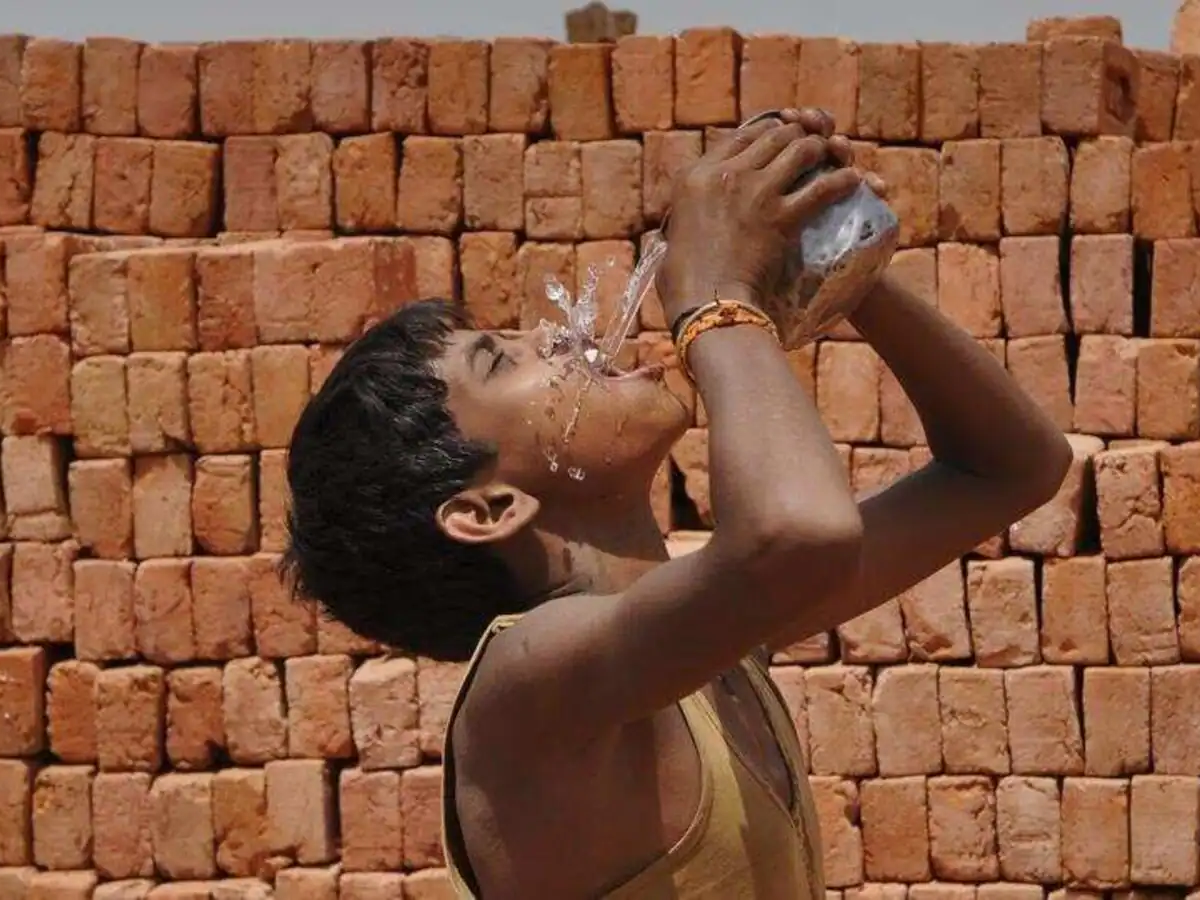The weather service issued an orange alert for dangerously high temperatures in three states: West Bengal, Bihar, and Andhra Pradesh, and warned that heatwave conditions are likely in parts of four more: Sikkim, Jharkhand, Odisha, and Uttar Pradesh, as what could be a tougher summer than usual began to take hold across the country.
However, a western disturbance will bring thunderstorms to Jammu and Kashmir, Himachal Pradesh, and Punjab on Tuesday, according to the India Meteorological Department’s forecast.
On Monday, Punjab and Haryana saw heatwave-like conditions, with similar conditions forecast on Tuesday.
An orange alert for heatwaves implies high temperatures with increased likelihood of heat illnesses in people who are either exposed to sun for a prolonged period or doing heavy work. The alerts come a day after 13 people died at a Maharashtra government event while sitting in the open for several hours.
At particular risk during severe heat are vulnerable people, including infants, those of old age, and people with chronic diseases. IMD has recommended various preventive measures such as drinking sufficient water (even if not thirsty), drinking ORS (oral rehydration solutions or electrolyte replenishments) or similar homemade drinks to keep hydrated.
“When the winds blow from the eastern side or from the direction of Bay of Bengal then there is some clouding at times which bring down temperatures over the eastern states. But hot, dry winds from the northwest are blowing over east India, which has comparatively higher humidity levels due to their location. So, people in the eastern states need to take heat prevention measures adequately,” said M Mohapatra, director general, IMD.
What really makes the heat wave conditions severe is humidity and not temperature alone, Mohapatra added. “In coastal states, humidity is relatively high compared to the northern states, say Uttar Pradesh or other parts of northwest India even though the maximum temperatures are in a similar range. This is why we are also providing forecasts for humidity from this season,” Mohapatra added.
Humidity limits the ability of people to cool down because sweat does not evaporate as easily when the air is relatively moist. Such temperatures are also represented by what is known as a high wet bulb temperature. IMD does not provide wet bulb temperatures.
“Temperatures are very high over east India but humidity is still relatively low compared to June and July and because winds are from the northwest direction. Still the relative humidity levels we are seeing can also lead to discomfort and heat stress. They can be severe or fatal from when winds approaching from the east and similar temperatures prevail,” said Mahesh Palawat, vice president, climate and meteorology at Skymet Weather.











More Stories
Box Office Collection: वीकेंड खत्म होते ही ‘भूल चूक माफ’ की कमाई में भारी गिरावट, जानें बाकी फिल्मों का भी हाल
Kangana Ranaut hails Clint Eastwood for working at 95, calls him ‘yogi’: ‘People like him make artists look so good’
Norway Chess: नॉर्वे शतरंज टूर्नामेंट में विश्व चैंपियन गुकेश ने कार्लसन को हराया, पिछली हार का भी लिया बदला